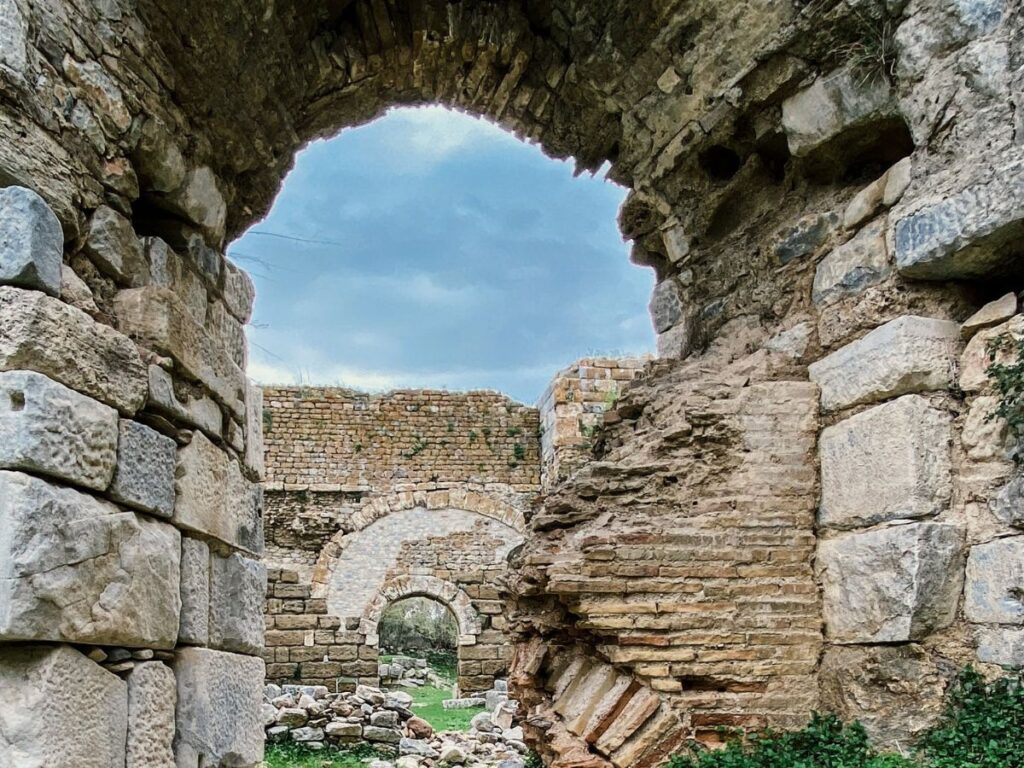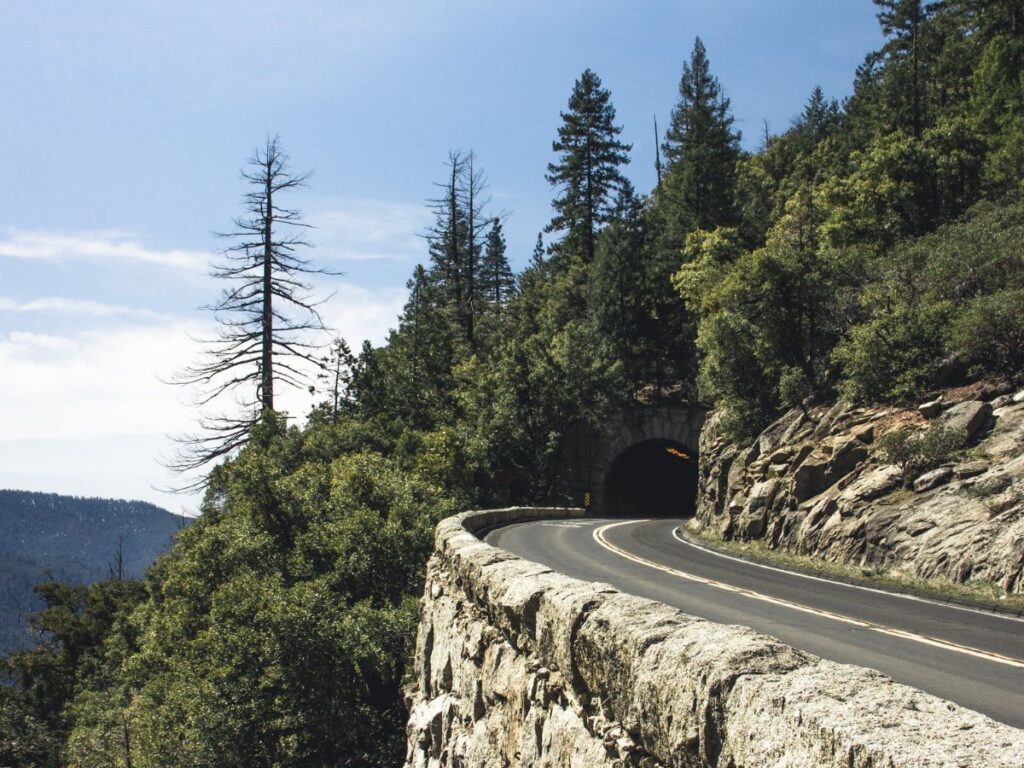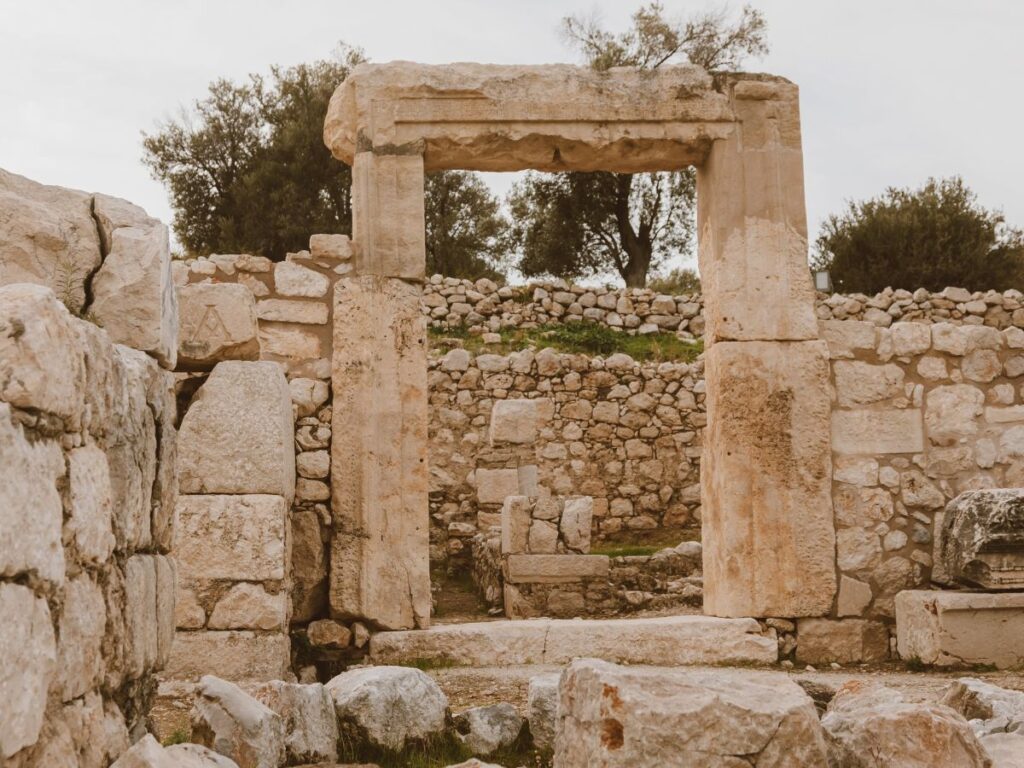Nestled in the heart of California’s Sierra Nevada Mountains, Yosemite National Park stands as one of America’s most iconic natural wonders. Spanning nearly 1,200 square miles, it’s a testament to nature’s raw power and breathtaking beauty. Whether you’re chasing the thrill of its roaring waterfalls or seeking solace in its tranquil meadows, the allure of Yosemite is undeniable. However, to make the most of your visit, understanding the park’s entrances is crucial. Different entrances cater to diverse itineraries, attractions, and accommodations. The objective of this blog post is simple but invaluable: to provide you with a comprehensive guide to navigating Yosemite’s entrances, ensuring a seamless journey through this magnificent wilderness.
Why Choose Yosemite?
The question isn’t so much why you should choose Yosemite, but rather how could you not? With its unparalleled natural beauty and diverse landscapes, from granite cliffs to ancient sequoia groves, Yosemite is a haven for nature enthusiasts and adventurers alike. The park’s iconic landmarks, such as El Capitan and Half Dome, beckon rock climbers from all over the world. Meanwhile, its extensive trail network offers hiking opportunities ranging from easy valley loops to challenging mountain treks. Beyond the trails, visitors are often graced with the sight of Yosemite’s diverse wildlife, including mule deer, black bears, and various bird species. Whether you’re looking to push your limits with rock climbing, find peace on a solitary hike, or simply revel in the chance to witness wildlife in its natural habitat, Yosemite promises an unforgettable experience.

Types of Entrances
Navigating through Yosemite National Park starts long before you reach its iconic cliffs and waterfalls—it begins at its varied entrance points. Each entrance offers a unique perspective of the park and provides distinct routes to the park’s many treasures. Here’s a detailed breakdown of two of Yosemite’s main entrances:
Arch Rock Entrance
The Arch Rock Entrance, strategically located on the western boundary of Yosemite National Park, serves as a crucial gateway for many. Easily accessible via Highway 140, it’s the favored entrance for visitors coming from locations like Merced and Mariposa. This entrance’s location is particularly appealing for its close proximity to the Yosemite Valley, a region renowned for its unparalleled rock formations and majestic waterfalls. As they approach the valley, visitors can avail of a range of amenities to enhance their experience, including gas stations, restrooms, and dining establishments. The entrance itself is distinctively named after the naturally-formed archway over the Merced River, offering a picturesque welcome to the park’s wonders. Though Arch Rock Entrance is generally open throughout the year, visitors should be cautious of potential rockfalls in the area, which can occasionally cause unforeseen closures. As with any journey, it’s imperative to check the latest conditions and updates before setting out.
Big Oak Flat Entrance
Positioned on the Big Oak Flat Road, the Big Oak Flat Entrance beckons travelers accessing the park via Highway 120 from the west. This entrance is not only a direct path to the iconic Yosemite Valley but also serves as a vantage point offering panoramic views of landmarks like El Capitan, Bridalveil Fall, and the famed Half Dome. As visitors draw closer to the Yosemite Valley, they’ll find a selection of amenities to cater to their needs, including a gas station, restrooms, and eateries. For those coming from cities such as Modesto and Manteca, the Big Oak Flat Entrance is especially convenient. However, those planning a visit should be aware of potential seasonal restrictions. While this entrance is typically accessible year-round, the winter months can sometimes bring about closures due to snowfall and related weather disturbances. Always ensure you check the latest road conditions and possible seasonal closures ahead of your adventure.
El Portal Entrance
Situated on the park’s western edge, the El Portal Entrance, also known as the Arch Rock Entrance, is accessed via Highway 140. For those journeying from cities like Merced or Mariposa, this entrance serves as a convenient gateway to Yosemite’s myriad of attractions. One of the primary draws of this entrance is its proximity to the iconic Yosemite Valley, known for its grand rock formations and cascading waterfalls. As visitors approach the valley through this entrance, they’re greeted with a range of amenities, including gas stations, restrooms, and dining options. The entrance itself is named for the naturally-formed archway over the Merced River, presenting travelers with an awe-inspiring welcome to the park. While the Arch Rock Entrance is generally accessible throughout the year, it’s always wise to be aware of potential rockfalls that can lead to unexpected closures. Checking current conditions before embarking on your journey is always recommended.
South Entrance
Nestled near the quaint town of Fish Camp, the South Entrance is a primary entry point for those coming from the direction of Fresno via Highway 41. This entrance is strategically located for visitors with an interest in the Mariposa Grove of Giant Sequoias, housing some of the oldest and largest trees on the planet. Upon entering from this point, travelers can access various amenities to ensure a comfortable journey, including restrooms and a visitor center. One of the standout features of the South Entrance is its proximity to Wawona, a historic part of the park filled with intriguing tales and scenic beauty. Although the South Entrance remains open to travelers for most of the year, certain times, particularly in winter, can see restrictions due to snow and related weather conditions. As always, it’s advisable to verify the latest entrance conditions and any seasonal closures before finalizing your travel plans.

Tioga Pass Entrance
The Tioga Pass Entrance, located on the park’s eastern side, serves as a major entry point for visitors accessing Yosemite via Highway 120 from the direction of Eastern Sierra and Nevada. This entrance boasts proximity to the scenic Tioga Road, which offers some of the most breathtaking high-country vistas in the park. Along this route, travelers can explore attractions like the Tuolumne Meadows, Olmsted Point, and Tenaya Lake. For those in need of services, there are limited amenities in this area, including a gas station and restrooms. One of the standout features of the Tioga Pass Entrance is its elevation, being situated at 9,943 feet, making it the highest automobile pass in California. However, this elevation comes with a caveat: the entrance is seasonally closed due to heavy snowfall, typically from late fall to late spring. If Tioga Pass is on your itinerary, it’s essential to verify its status, especially when planning visits outside the summer months.
Hetch Hetchy Entrance
Tucked away in the park’s northwest corner, the Hetch Hetchy Entrance offers a more secluded experience. Visitors approaching via Evergreen Road will find this gateway to the less-traversed Hetch Hetchy Valley. This valley, while lesser-known than the Yosemite Valley, promises a tranquil environment paired with the charm of the Hetch Hetchy Reservoir and O’Shaughnessy Dam. There’s also the allure of hiking trails, such as the trail to Wapama Falls. While amenities in this region are minimal, there’s a ranger station and a few restrooms available for convenience. The Hetch Hetchy Entrance’s defining feature is undoubtedly its promise of solitude and unspoiled nature. While it remains open throughout the year, some limitations might arise due to weather conditions, especially during the winter. Always stay informed about current entrance conditions and possible restrictions to ensure a smooth Yosemite experience.
Choosing the Right Yosemite Entrance Based on Your Starting Direction
If you’re planning a trip to Yosemite National Park, the entrance you choose will depend largely on your starting location. For those approaching from the North, the Big Oak Flat Entrance on Highway 120 from the direction of Manteca, passing through Groveland, is your ideal route. This is especially convenient for visitors traveling from cities like Sacramento. On the other hand, if you’re coming from the South, the South Entrance on State Highway 41 north from Fresno is most suitable, often used by travelers from Los Angeles, San Diego, and other southern locales.
Those journeying from the East, especially from places like Las Vegas or Death Valley, will find the Tioga Pass Entrance on Highway 120 most direct. However, be aware that this entrance is subject to seasonal closures due to snow, usually from late fall to late spring. Lastly, for visitors from the West, the Arch Rock Entrance on Highway 140 is the prime gateway, ideal for those coming from Merced or the San Francisco Bay Area. As you progress on Highway 140 towards Yosemite Valley, the route continues through the El Portal Entrance. Always ensure you check current conditions on the official Yosemite National Park website before you set out, as accessibility can be affected by various factors like road conditions, maintenance, or natural events.

Basic Things You Should Know
Before setting out on your Yosemite adventure, there are a few basic things to keep in mind:
- Entrance Fees and Passes: Rates might vary for motorcycles, bicycles, and pedestrians, so it’s good to check the official website for updated information.
- Park Timings: Yosemite National Park is open 24 hours a day, 365 days a year. However, some specific facilities, services, and roads may have restricted hours or might be seasonally closed.
- Seasonal Restrictions: Depending on the time of year, some areas of the park, like the Tioga Pass entrance, may be closed due to snow. Always check seasonal road closures and weather conditions before planning your trip. Remember, your safety and the preservation of the park are paramount.
Tips for a Smooth Entry
- Yosemite’s splendor can be easily navigated with the right insights.
- Avoid heavy crowds by visiting during shoulder seasons: late spring or early fall.
- Milder weather and fewer visitors are typical during these periods.
- Pre-purchase entrance passes to save time at gates and budget ahead.
- Always bring necessary identifications and required documents upon arrival.
- Proper preparation enhances the overall Yosemite experience.
Additional Considerations
- Yosemite is dedicated to accessibility for all, including those with disabilities.
- Numerous facilities and services are adapted for different needs: e.g., restrooms, shuttle buses.
- Due to the natural terrain, review accessible features in advance.
- Pets are welcome in Yosemite but with restrictions
- Access limited to developed zones.
- Pets must be on a leash no longer than six feet.
- Knowing these details ensures a comfortable and delightful stay for all visitors.
Key Takeaways
- Yosemite National Park offers multiple entrances, each with unique attractions, amenities, and routes.
- To avoid heavy crowds and enjoy milder weather, consider visiting during shoulder seasons: late spring or early fall.
- Pre-purchasing entrance passes can expedite the entry process; ensure all necessary identifications and documents are on hand upon arrival.
- The park is committed to being accessible to everyone, including those with disabilities, with many facilities adapted for different needs.
- Pets are allowed in specific areas within the park, primarily in developed zones, and must adhere to leash regulations.
- Proper preparation, understanding entrance nuances, and following regulations can make the visit to Yosemite more seamless.
- Some entrances, like Tioga Pass, have seasonal closures due to snow and weather conditions, so checking in advance is crucial.

FAQs
- How can I switch between different entrances?
You can navigate between different entrances using the park’s internal road network. Just keep a map handy and follow the road signs within the park. - Can I leave and re-enter the park?
Yes, your entrance fee or pass allows for multiple entries during the validity period, typically 7 days for a single park pass. - What if the entrance I plan to use is closed?
If a particular entrance is closed, you’ll need to use an alternative entrance. Always check the park’s official website or call ahead for current entrance statuses, especially during winter months or adverse weather conditions. - Which entrance is closest if I’m coming from Nevada?
The Tioga Pass Entrance, accessible via Highway 120. - Are campgrounds available near the entrances?
Yes, several campgrounds are situated near the park’s entrances, but availability varies seasonally. - Which entrance is nearest to the Yosemite Valley?
The Arch Rock Entrance is one of the closest to the Yosemite Valley. - When is the Tioga Pass Entrance open?
Typically from late spring to early fall, but it varies based on snow conditions. - What identification is required for park entry?
A valid entrance pass and, in some cases, a photo ID. - Which entrance is best to avoid crowds?
The Hetch Hetchy Entrance is typically less crowded. - Is there a gas station at any of the entrances?
There’s a gas station near the Tioga Pass Entrance.
